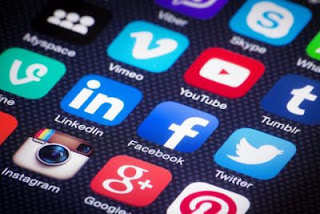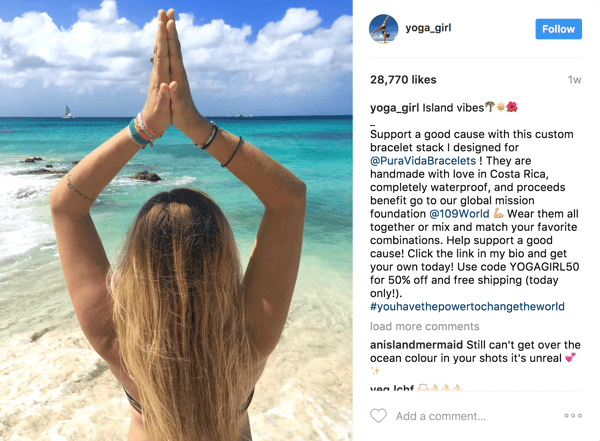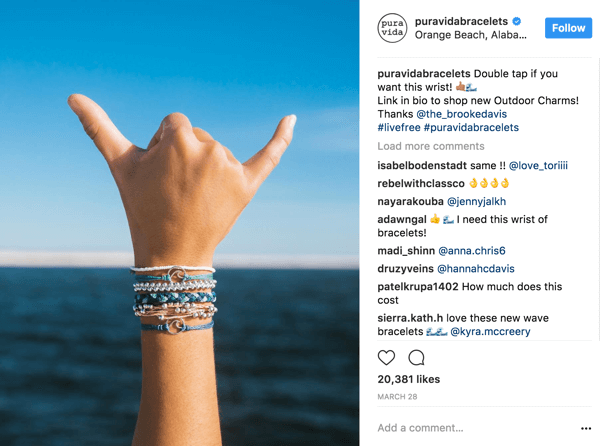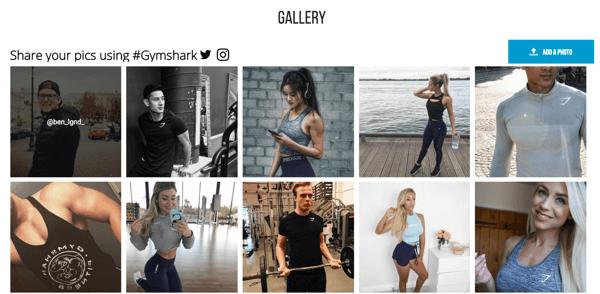Looking for ways to improve your customer engagement on social media? Here are 8.
First off, if you have experience in social media marketing, you know that engaging users is no easy task.
The biggest mistake people make when promoting their brand, company or even themselves on social media is thinking that simply posting is enough. However, that’s far from the case. Managing a Facebook, Instagram or Twitter account means having to strategize ways to keep your current audience captivated, while simultaneously attracting new users to your page.
Both of these activities can be full-time jobs. And, unfortunately, most people struggle to do either well. After all, how many times have you heard the words: “We just need to post better content”?
But because building a loyal following on social media isn’t easy, that doesn’t mean it has to be complicated. Some of the best digital marketers today started building Instagram pages as a hobby -- until suddenly they were boasting hundreds of thousands of followers. What they did was double down on their strengths and learn how to work on their weaknesses.
Here are eight ways you can increase your engagement on social media and make your pages a destination worth following.
8 Ways to Increase Customer Engagement on Social Media
1. Always post.
The first rule to increasing engagement is to constantly create and post relevant content. To do this, you need to figure out what content engages your audience. A lot of brands don’t fully understand how crucial it is to study their competitors and other people in their space.
One of the best strategies is to be a curator instead of a creator. With so much great content being posted to social media, there’s no reason to try to build an audience solely off original content. Curated content, or content shared from other pages, is how some of the most popular pages have built audiences in the millions. @Thefatjewish, for example, boasts over 10 million followers, and the page is almost entirely curated content.
So, there’s no need to reinvent the wheel. Look for trends that are currently grabbing people’s attention, and capitalize on them.
2. Stay relevant by being timely.
The most successful accounts know how to piggyback off trending topics, events in the news and significant policy discussions. They recognize that it’s a lot easier to insert yourself into a massive conversation that’s already happening than to start a conversation from scratch.
Jonathan Foley, founder of @Positivity and @Societyfeelings, and CEO of WULF Marketing, says, “When you see a page or account that has extremely high engagement, it’s because they know how to create content that resonates. So if you make every post with the intention of it being extremely relevant to something that’s already happening in the world, you’re going to tap into that traffic. Some great examples of people doing this are @lelepons, @course and @barstoolsports.”
This eye on relevancy strategy must be working for Foley and @Positivity, since the page gained more than 100,000 followers in less than a month, and averages over 1 million impressions per day.
3. Be bold.
If you want your page to get noticed, it has to stand out from the crowd.
Users follow so many brands and pages that after a while they all begin to blend together. As a brand, know that it’s your job to always find ways to separate yourself from what everyone else is doing.
For example, short videos on social media with big text above and below the video have become extremely popular. Something Gary Vaynerchuk has done to make his videos stand out is add a red progress bar to his videos. This might seem like a small detail, but it separates his videos from the competition.
4. Get to know your audience.
A great way to connect with people on your page is to create a conversation.
Many people believe that “creating a conversation” means posting pictures and then responding to comments with general, rehearsed responses. However, that attitude may put you with the people out there struggling to succeed.
To increase customer engagement, be engaging yourself. This means calling out specific people in your stories, or finding ways to thank or even reward your most engaged followers. And, if you don’t have the bandwidth to reply, hire someone to do it for you. Yes, it’s that important.
5. Run campaigns and promotions.
Nowadays, even the most viral-worthy pages have to spend money to continue growing.
Running ad campaigns behind your most popular or most engaging posts can be a great way to sustain momentum and continue building your brand. Once you know which posts resonate the most with your audience, present them to new audiences so that you can attract the kinds of people you want following your page.
Furthermore, you can use this data to inform your own content creation or curation process. If meme posts get the most engagement, then share more of them. If it’s videos, share more videos. Let the data inform you so you can do more of what’s already working.
6. Have a personality.
Brand awareness is key. But brand awareness and the best content strategy mean nothing if you’re dull as a doorknob.
The best social media pages have a personality. Whether you’re an influencer or a big brand like Skittles, your job is to develop a brand voice people want to listen to.
Some questions to ask yourself are: what topics (within your industry) get people riled up? What types of content are controversial? What can you do that will get people talking? And, most importantly, what can you say that the most people will be able to relate to?
Creating customer engagement takes real work. But by using data and trial and error, you will learn over time which pieces of content resonate the most. Chances are, they’ll be the posts with the most personality.
7. Post when your audience is watching.
One of the most underestimated aspects of social media growth and customer engagement is timing.
Different sources will give you different information on the optimal posting times. Some say you should post after work hours - but we all know people check their phones during work. Others say you should post during work hours - but then again, that's when people should be working.
The truth is, when you "should" post depends entirely on your audience.
Are you trying to engage 16-year-old gamers? Then probably post after school hours, since high school is a bit more strict about kids using their phones. Are you trying to engage college students? Middle of the day could work, but so could really late at night.
Timing is a trial-and-error process. Try posting at different times of the day, and track your engagement. When you start to see patterns, use them to inform your posting times.
8. Make your posts (and your page) visually appealing.
This may seem obvious for a visually based network like Instagram, but it’s a lot harder to implement on Twitter, LinkedIn and even Facebook.
Optimizing the visual starts with your bio and ends with your content. Make sure your bio is spaced appropriately and has emojis that speak to your brand. Make sure the post pinned to the top of your profile is one with a high amount of engagement (and a great picture). And, most important of all, make sure your profile is a complete representation of who you are and what you share. Do this by alternating between text, pictures and videos.
Remember: if your page looks great, users will be more likely to give it their attention, which of course is the whole goal.
By Aj Agrawal













